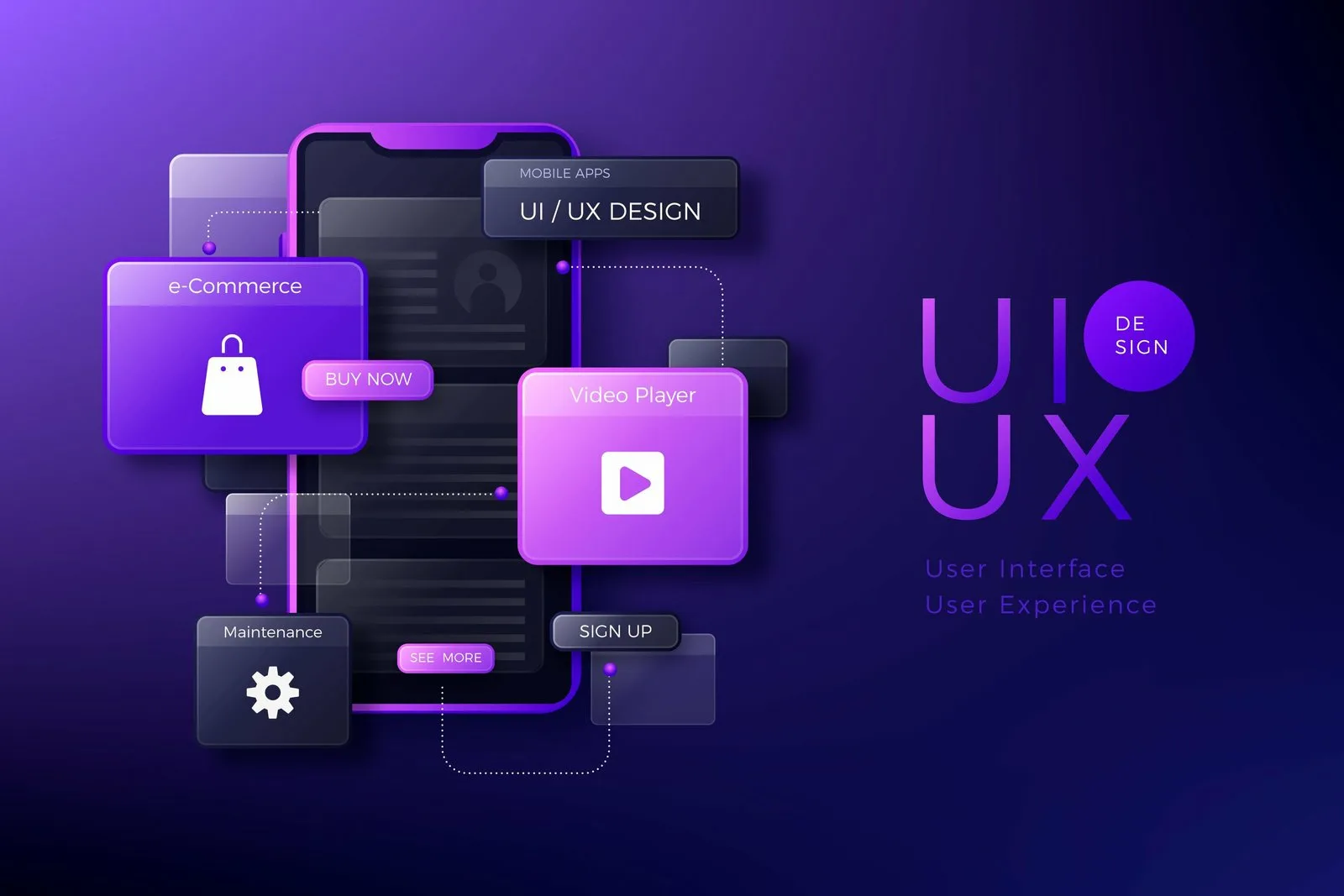
Design's Next Frontier: How AI Reshapes Visual Experiences
The design industry faces a perpetual challenge: meeting ever-increasing demands for creativity, speed, and personalization. Traditional workflows, while foundational, often struggle to keep pace with the dynamic expectations of modern audiences. Designers find themselves stretched thin, juggling tight deadlines and complex projects.
This pressure is compounded by the sheer volume of visual content required across diverse platforms, from social media to immersive digital experiences. Manual creation of every asset, variation, and iteration becomes a bottleneck, limiting innovation and consuming valuable resources that could be better spent on strategic thinking.
A significant symptom of this struggle is the repetitive nature of certain design tasks. Generating multiple color palettes, resizing images for various aspect ratios, or creating basic layout variations consumes substantial time. This often detracts from the more impactful, conceptual aspects of a designer's role.
Furthermore, maintaining brand consistency across a vast array of digital touchpoints is a monumental undertaking. Ensuring every visual element aligns with established guidelines, while also feeling fresh and engaging, presents a constant hurdle. The quest for both efficiency and expressive freedom defines the current landscape.
Underlying Factors Driving Change
- The exponential growth of digital platforms demands unprecedented visual assets, often exceeding human production capacity without significant scaling.
- Increasing user expectations for personalized and dynamic content makes static designs less effective, pressuring designers to craft countless variations for diverse audiences.
- The inherent manual nature of many design processes, from concept to output, often leads to bottlenecks and delays, hindering rapid iteration and deployment.
Transformative Solutions for Modern Design
One transformative solution involves leveraging AI for generative design. These tools rapidly produce a multitude of design options based on predefined parameters like style, color, or target audience. This accelerates the initial ideation phase, offering designers a rich palette of starting points for refinement and creative exploration. 
For instance, Bluenixruo can integrate AI systems that suggest optimal layouts for marketing materials or generate unique patterns. This doesn't replace human creativity but significantly augments it, allowing designers to focus on strategic decisions and artistic direction over repetitive execution.
Another promising avenue is the automation of routine design tasks through AI. Imagine systems that automatically resize images, optimize file formats, or perform basic color corrections across an entire asset library. This frees up designers from mundane work, allowing them to focus on higher-value creative endeavors and complex problem-solving.
AI can enable unparalleled personalization in visual experiences. By analyzing user data, AI algorithms dynamically adjust interface elements, content presentation, and stylistic choices to cater to individual preferences in real-time. This creates highly engaging and relevant interactions for every user.
This capability extends beyond simple recommendations; it involves creating truly adaptive visual systems. Bluenixruo recognizes that such systems can revolutionize how users interact with digital products, ensuring every visual encounter feels uniquely tailored and exceptionally intuitive for each person.
Navigating Potential Challenges
- Over-reliance on automation might stifle human creativity. Recommendation: Maintain balance, using AI as an assistant, not a replacement for core design thinking.
- Bias in AI algorithms could perpetuate undesirable stereotypes. Recommendation: Implement rigorous testing and diverse data sets to ensure fairness and broad appeal.
- Data privacy concerns arise when AI processes user preferences. Recommendation: Establish transparent data policies and robust security measures to protect user information diligently.
As design complexity grows, the path forward lies in synergy — where human creativity meets intelligent automation. By harnessing AI as a creative partner rather than a replacement, designers can transcend traditional limitations, focusing on vision, emotion, and meaning. This collaboration paves the way for faster, smarter, and more human-centered design — where technology amplifies artistry instead of overshadowing it.
Comments (6)
This article perfectly captures the current challenges and exciting opportunities AI brings to design. The solutions presented by Bluenixruo are practical and forward-thinking.
While AI automation sounds promising for repetitive tasks, how do we ensure the unique 'human touch' isn't lost in the process? Design often thrives on subtle, subjective elements.
The risk of algorithmic bias is something I've considered. It's good to see it addressed, but what concrete steps are being taken to mitigate this beyond diverse data sets?